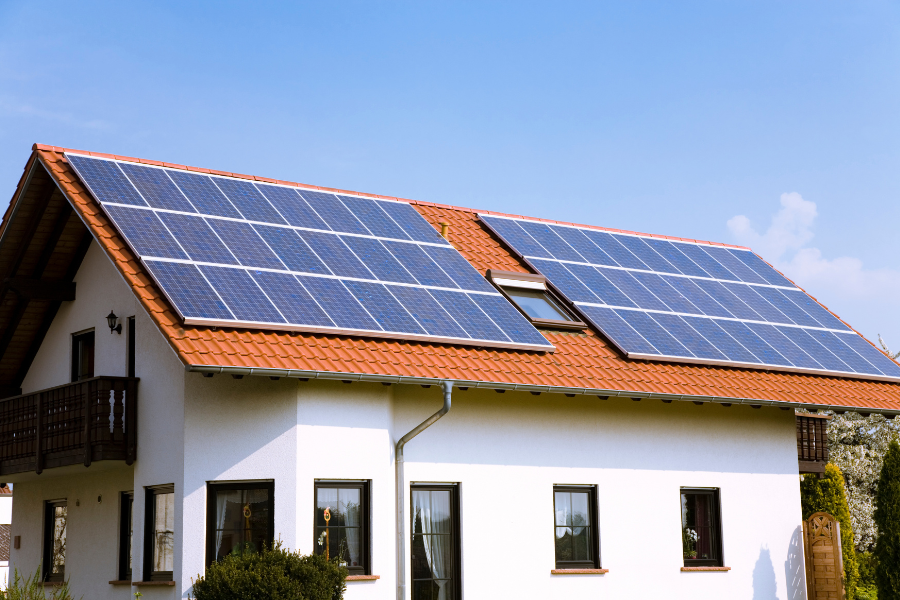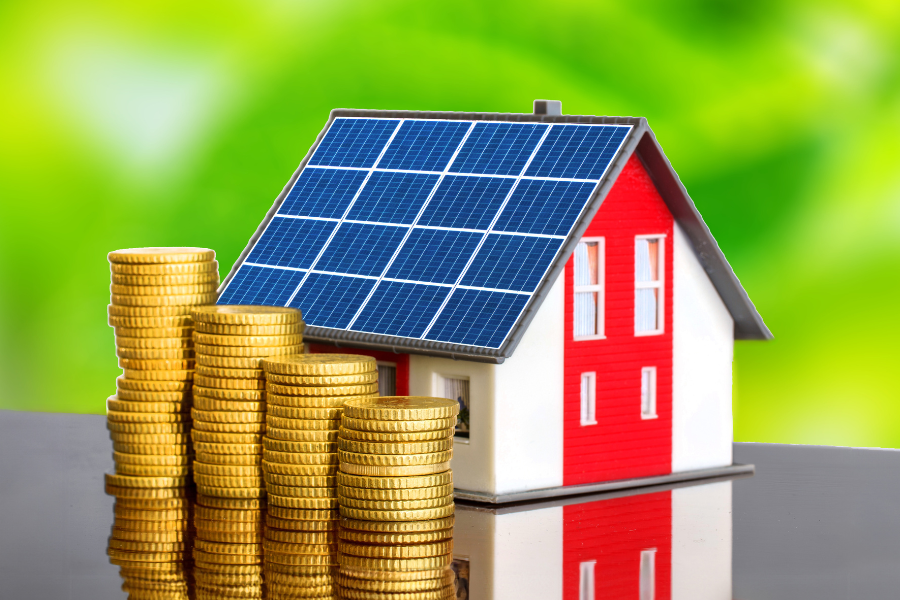- Installation & Maintenance
Complete Guide To Solar Installation When Building A House In Philippines
Planning to build a house in the Philippines? Integrating solar energy from the start can help you save on electricity costs and reduce reliance on the grid. From roof design and system sizing to net metering benefits, this guide covers everything you need to know for a smooth solar installation. Maximize your home's energy efficiency with smart solar planning!
Share to:

Introduction
Integrating solar energy into your new home in the Philippines is a strategic decision that offers long-term savings and environmental benefits. Here’s a comprehensive guide to help you seamlessly incorporate solar installation into your house construction process:
1. Assess Your Energy Requirements
Begin by evaluating your household’s energy consumption. Review your electricity bills to determine average monthly usage in kilowatt-hours (kWh). Consider future energy needs, especially if you plan to add more appliances or expand your home. This assessment will guide the sizing of your solar power system.
2. Plan Your Roof Design for Solar Integration
Design your roof to optimize solar panel installation:
Orientation and Tilt: Position your roof to face true south to maximize sunlight exposure. An optimal tilt angle, approximately equal to your location’s latitude, enhances energy production.
Material Selection: Choose roofing materials compatible with solar installations. Materials like metal or concrete tiles are durable and facilitate easier panel mounting.
Structural Integrity: Ensure your roof can support the additional weight of solar panels. Consult with your architect or structural engineer to verify load-bearing capacities.
3. Designate Space for Solar Equipment
Allocate specific areas within your home for essential solar components:
Inverter Location: Install inverters in a cool, shaded, and easily accessible area to maintain efficiency and facilitate maintenance.
Battery Storage: If you opt for a hybrid or off-grid system, plan for a dedicated space to house batteries, ensuring proper ventilation and safety measures.
4. Understand Local Regulations and Incentives
Familiarize yourself with local building codes, permits, and incentives related to solar installations:
Net Metering: The Philippines offers net metering programs allowing homeowners to feed excess solar energy back to the grid in exchange for credits, reducing overall electricity costs.
Permitting Process: Coordinate with local authorities to secure necessary permits for your solar installation, ensuring compliance with regulations.
5. Engage Qualified Solar Installers Early
Involve certified solar installation professionals during the planning and construction phases:
Consultation: Early engagement allows installers to collaborate with your builder or architect, ensuring the home’s design accommodates optimal solar integration.
Site Assessment: Professionals can conduct thorough evaluations to recommend the best system size and placement, tailored to your energy needs and site conditions.
6. Schedule Installation at the Appropriate Construction Phase
Timing the installation correctly within your construction timeline is crucial:
Pre-Roofing: Coordinate with your builder to install necessary mounting brackets or supports before roofing materials are laid, streamlining the process.
Post-Construction: Alternatively, plan the solar installation after completing major construction to avoid potential damage to panels during building activities.
7. Plan for Future Maintenance
Ensure your home’s design facilitates easy access to solar components for maintenance purposes:
Access Points: Incorporate walkways or access hatches in your roof design to allow safe and convenient maintenance of solar panels.
Monitoring Systems: Install monitoring tools to track the performance of your solar system, enabling prompt detection and resolution of issues.
By thoughtfully integrating these considerations into your house-building process, you can effectively harness solar energy, leading to substantial savings and a reduced environmental footprint in the Philippines.
Table of Contents
Subscribe to our Newsletter
Latest
From the Blog
The latest industry news, interviews, technologies, and resources.

Expert Guide On How To Save Electricity


